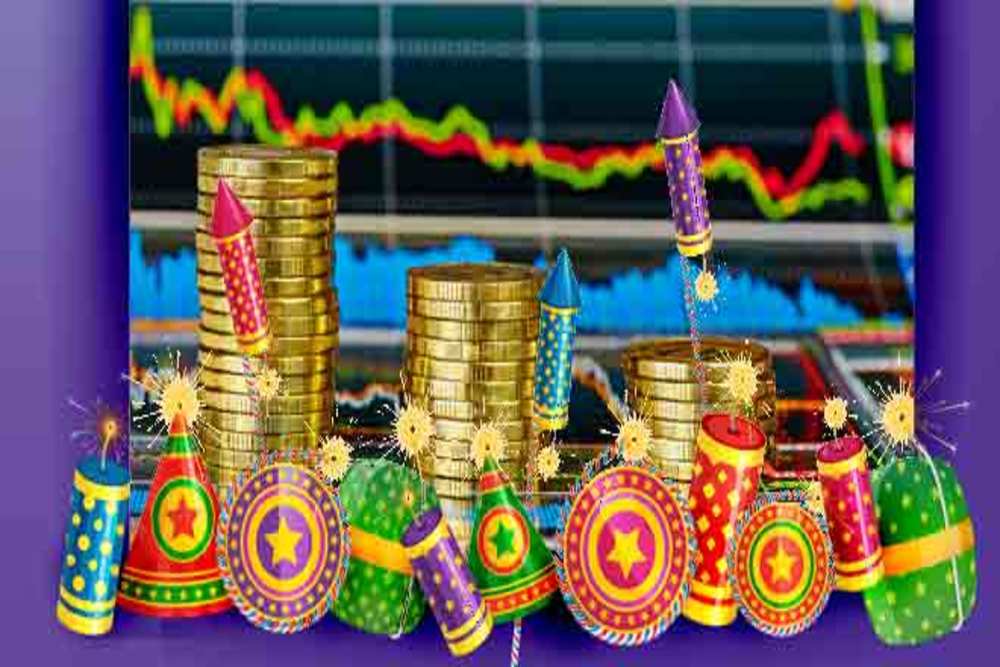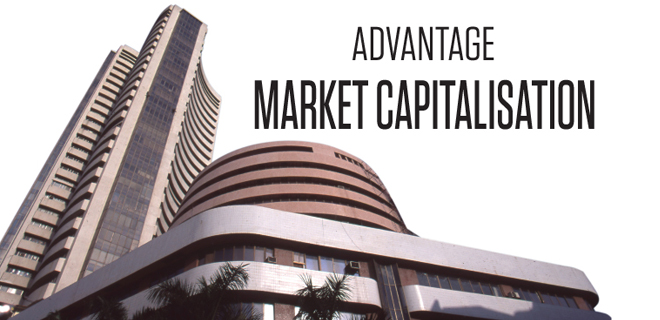Juggling Assets
An ideal way to raise your equity exposure is to invest a lump sum into dynamic asset allocation funds

The Indian equity market has been on a northward journey since the start of the year, with the benchmark indices quoting new highs. A large part of the market rally has been attributed to strong fund inflows, which also brings along with it heightened volatility. In such a scenario investors need to be cautious and not get swayed by the market momentum.
Striking a balance
Greed and fear are two emotions that determine one’s financial well being. We all desire more, which in investing parlance means aiming for maximum gains for your portfolio. Hence it comes as little surprise that when the stock market is going up we continue to buy more even as the valuations are rising, expecting further gains. Unfortunately, no asset class can move in a straight line, either upwards or downwards for longer periods. Not to mention the inherent volatility that equity as an asset class brings. And when the market turns, you are left in a lurch, considering that the value of your portfolio starts sliding. Just like you get overwhelmed with greed, the same happens with fear. When the markets suffer a loss, you tend to sell out assuming a further down slide and are probably unlikely to invest again. Both these emotions i.e. greed and fear, get the better of you. Hence, it is not only imperative to strike the right balance between greed and fear; don’t buy in greed and don’t sell in fear.
Overcoming FOMO
FOMO refers to the Fear of Missing Out, which perhaps is most suited for equity markets. There is constant fear amongst investors of missing out on a market rally or the fear of not making as much money as someone else. For all those investors who feel bad about not being part of this rally, always remember that it is almost impossible to time the market and even more to predict a bull run or a bear run. If you are under invested in equities, to begin with, the ideal way to increase your equity exposure is by investing a lump sum into dynamic asset allocation funds. Also, one should continue with SIPs into core equity funds in their portfolio, which not only allows capturing the upside but also the downside of the market. When markets trade at high valuations, the volatility also increases. If you are sufficiently exposed to equities then adding to the equity component is not required irrespective of the market movement. Your existing portfolio can give you reasonable returns as the market moves up.
Is it too late to enter the market?
If you are a long term investor, it is never too late to enter the markets. Over longer periods of time i.e. more than 10 years, equity as an asset class is known to have delivered reasonably better returns over all other asset categories. While the current market valuations do appear expensive from the short term perspective considering the markets have more or less factored in this year’s earnings growth, for long term investors this is a better time to remain invested as the economic growth soars to robust 7 per cent plus and future earnings can soon catch up with the valuations.
Having said that do remember the core fundamental to investing is to maintain your asset allocation at all times i.e., the percentage of your money allocated into different asset classes based on your financial goals. Typically when the market moves up, the equity component of your portfolio moves up as well but you are unable to act swiftly to decrease this exposure because of challenges like emotions, taxation, exit loads, outlook on the market etc. This skews your exposure towards equities, thus disturbing your asset allocation. In order to maintain financial discipline you must rebalance your portfolio periodically.
Dynamic asset allocation funds
In the current scenario investors can consider investing into dynamic asset allocation funds, which are most suited for lump sum investment in a volatile environment. They follow an automatic rebalancing strategy and are well positioned to benefit from a volatile market. The basic premise of these funds is to constantly adjust the asset allocation of the fund based on the overall market valuation. Keeping this in mind, these funds invest into a combination of equities and debt, based on pre-determined market indicators, such as Price to Earnings (PE), Price to Book (PB) ratio etc. For example: If the PB ratio of an index like the S&P BSE Sensex were to go above a certain level, the fund would sell part of its equities portfolio and increase its exposure to debt and when the equities market corrects and the PB ratio again comes down to the pre-defined level, the fund would again increase its exposure to equities and reduce its investments in debt.
Features of dynamic asset allocation funds
- Takes care of greed and fear: With dynamic asset allocation funds you need not worry about selling your equity when the market goes up or buying when it goes down; it automatically does that. These funds have to maintain their investment ratio into equity and debt in the same proportion at all times, hence the automatic re-balancing limits your risk in the fund.
- Tax efficient: Dynamic asset allocation funds take away the hassle of computing the taxation each time you rebalance your portfolio. When a fund does it, it does not have to pay any tax. The tax liability arises only when you exit the fund.
- Create diversification: This fund seeks to optimise the risk-adjusted return by distributing assets between both equity and debt markets. Considering both these asset classes have different levels of risk and return, they both behave differently over time. Exposure to this type of fund ensures limiting downside, should anything be amiss in any one asset class.
- Lower volatility: These funds are well positioned for investors looking to participate in equities with lower volatility. This dynamic allocation ensures that you as an investor get the opportunity to gain from a rally, while in case of a correction; the downside is minimised due to the debt component.
Nimesh Shah is MD and CEO, ICICI Prudential AMC









